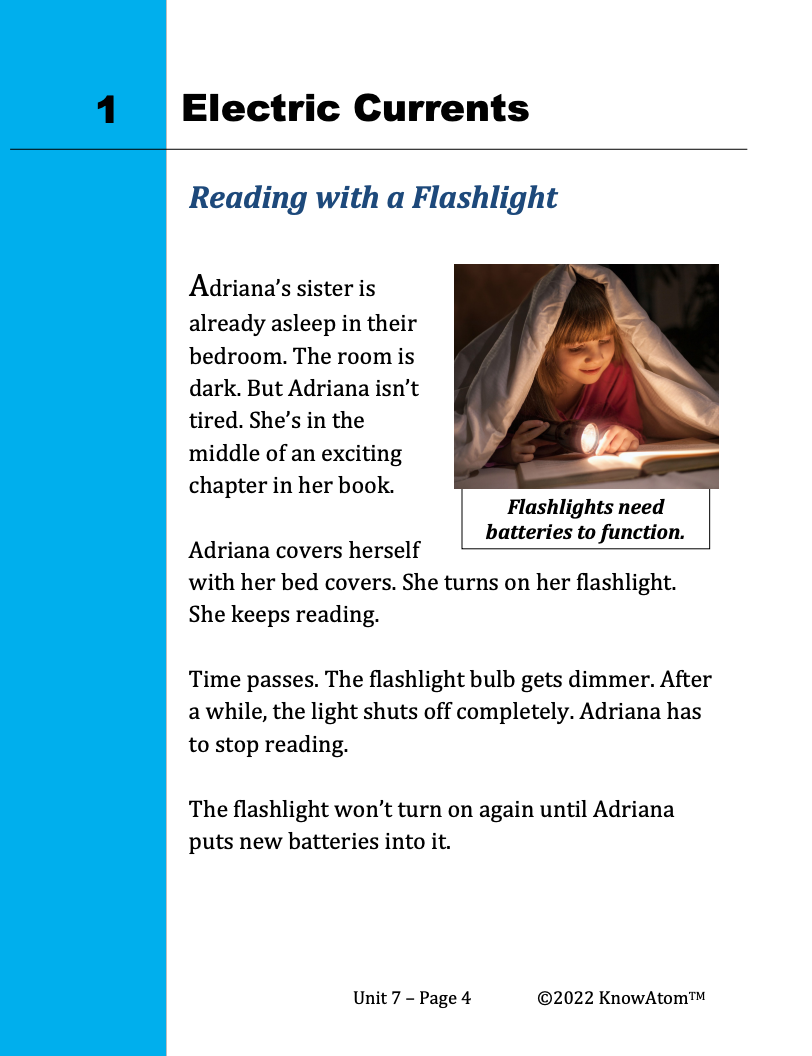
In this unit, students explore the science phenomena of how energy is transferred in a circuit to do work. In this lesson, students figure out the phenomena affecting the left and right movement of an electric car. This page is a high-level extract of this lesson.
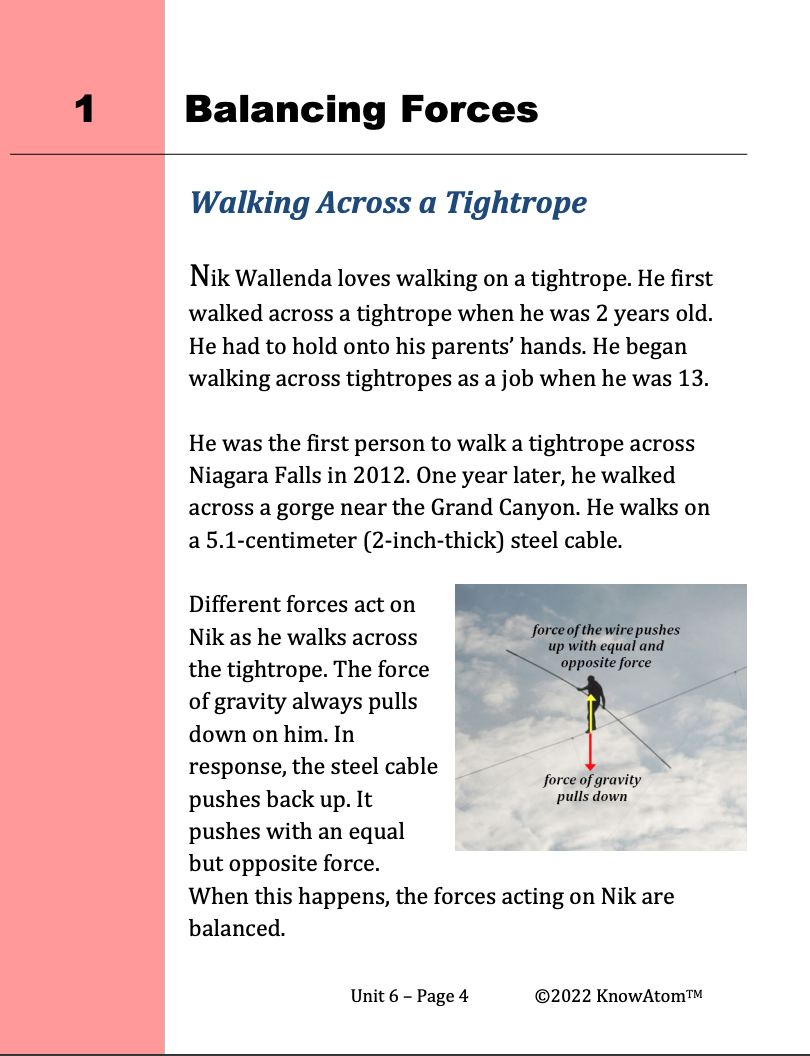
In this unit, students analyze the science phenomena of different forces that can act on all structures. They begin by exploring how forces act on different materials and shapes. They then use what they know about forces to design a skyscraper prototype in this lesson, evaluating how their design relates to the ability of the skyscraper to withstand the weight of the structure and the people on it, as well as the force of wind.
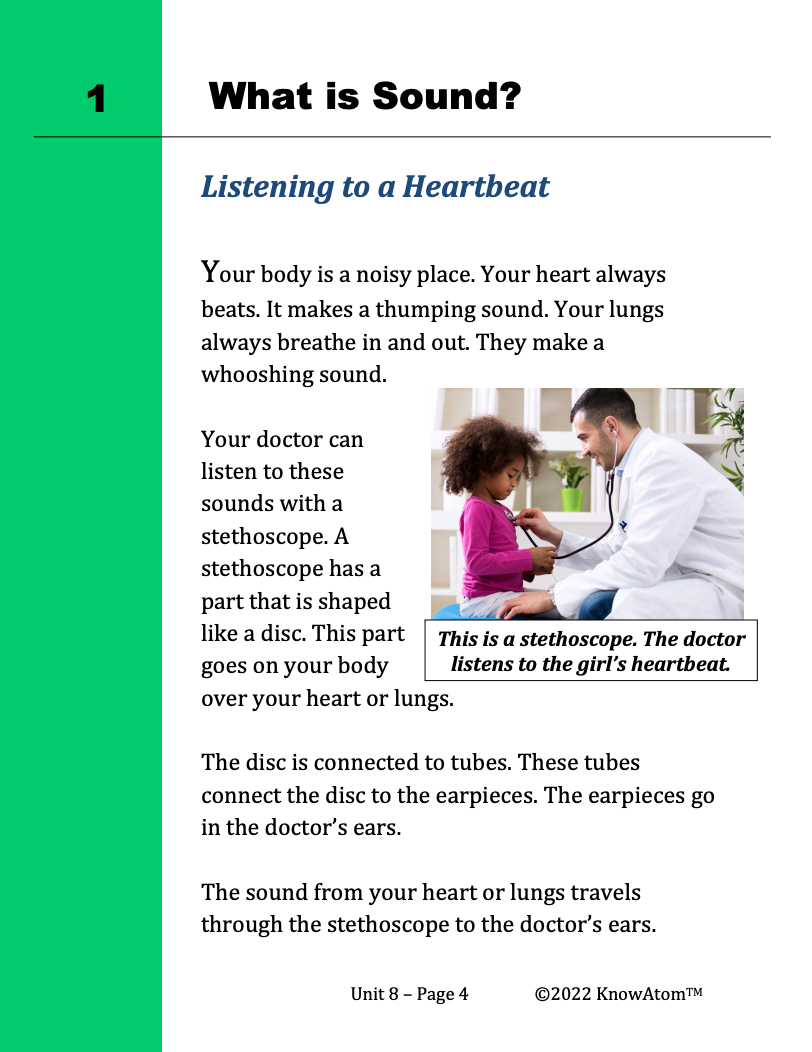
In this unit, students analyze the science phenomenon of how sound is a form of energy that travels through vibrating molecules. They test whether sound travels through both liquid and solid mediums and observe how sound makes sand particles vibrate. In this lesson, students apply their scientific knowledge of sound to an engineering challenge.
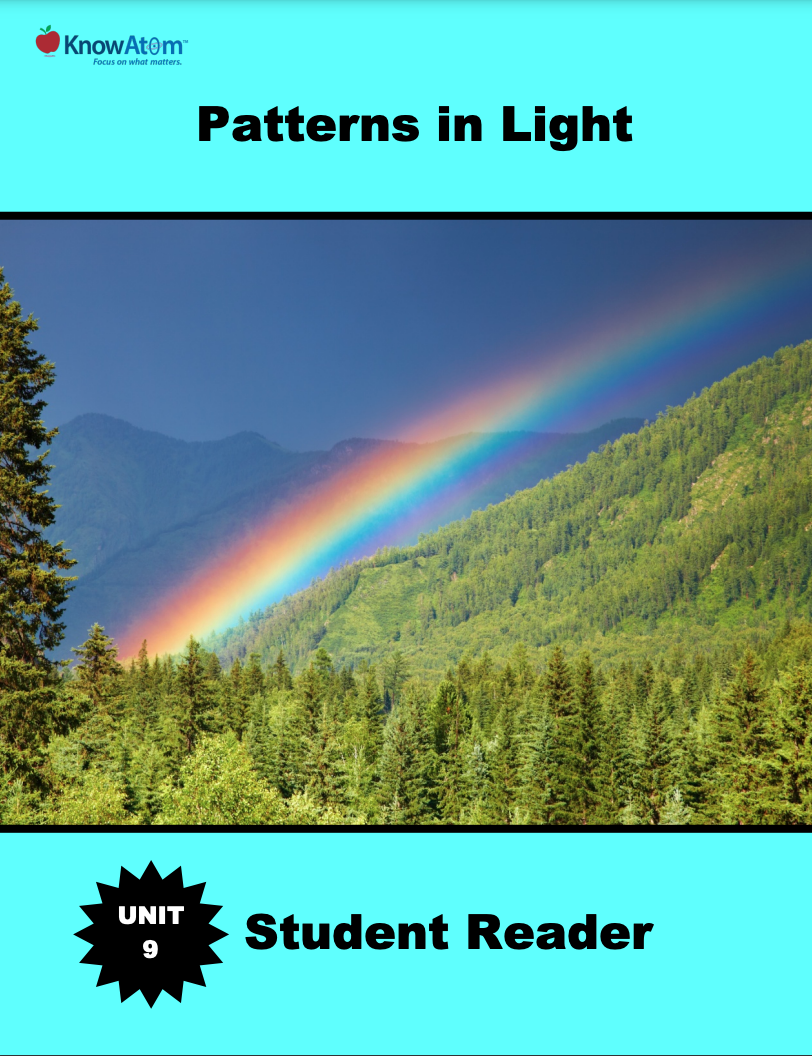
In this unit, students focus on the science phenomenon of light energy, investigating how it travels in a straight line and interacts with matter. Students apply their knowledge to design a prototype with mirrors and water that creates rainbows. This page showcases each component of the lesson.
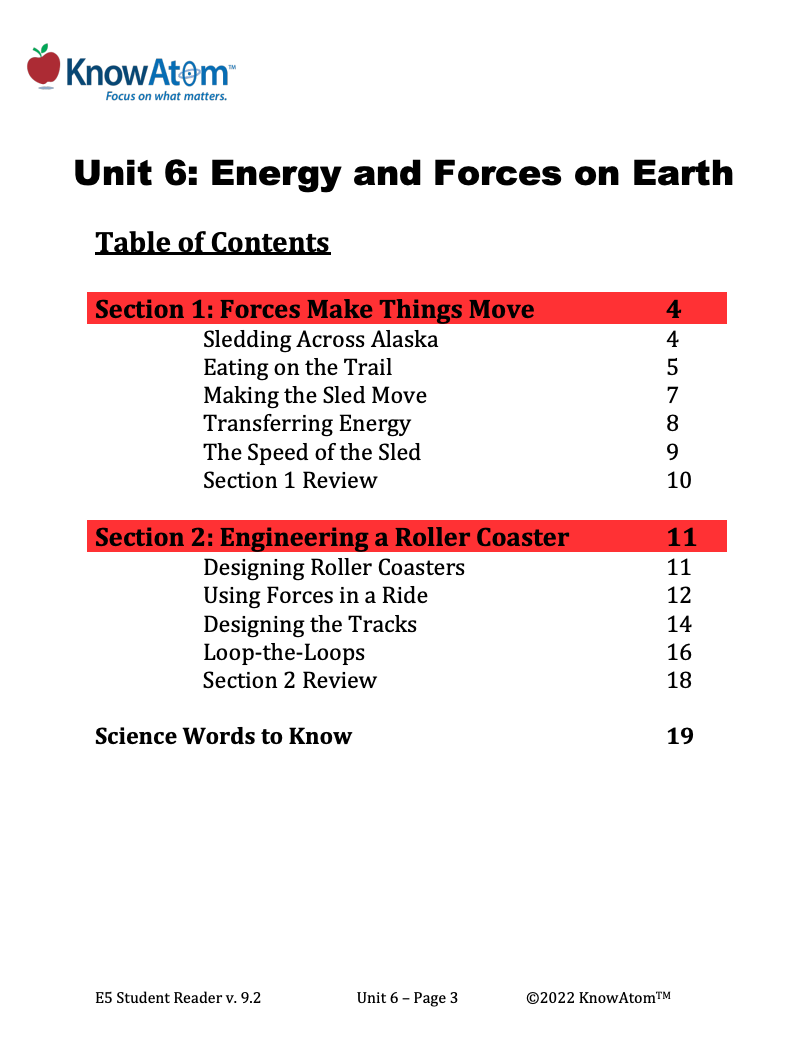
In this unit, students use sleds and roller coasters to explore the relationship between energy, forces, and motion. In this lesson, students apply what they know about energy and forces to engineer a roller coaster. This page is a high-level extract of this lesson.
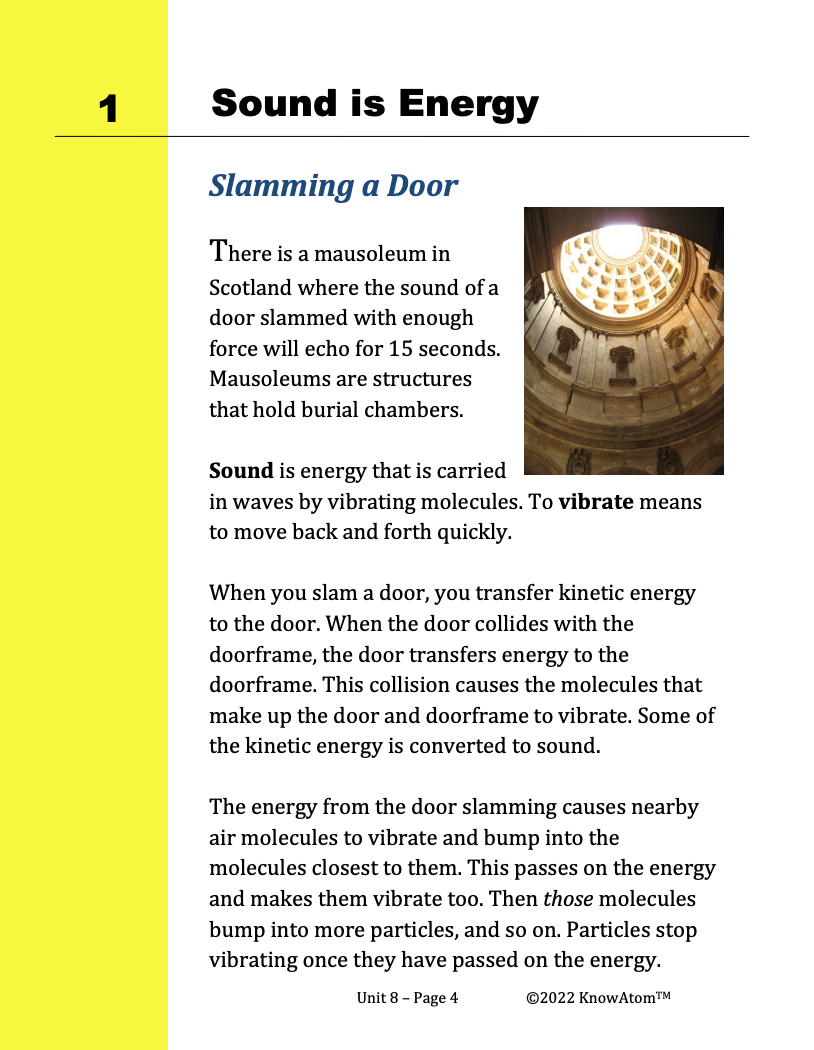
In this unit, students focus on how sound energy is transferred from one place to another in waves. In this engineering lesson, students apply what they have learned about sound energy to design a sound absorbing wall. This page highlights each component of this lesson.
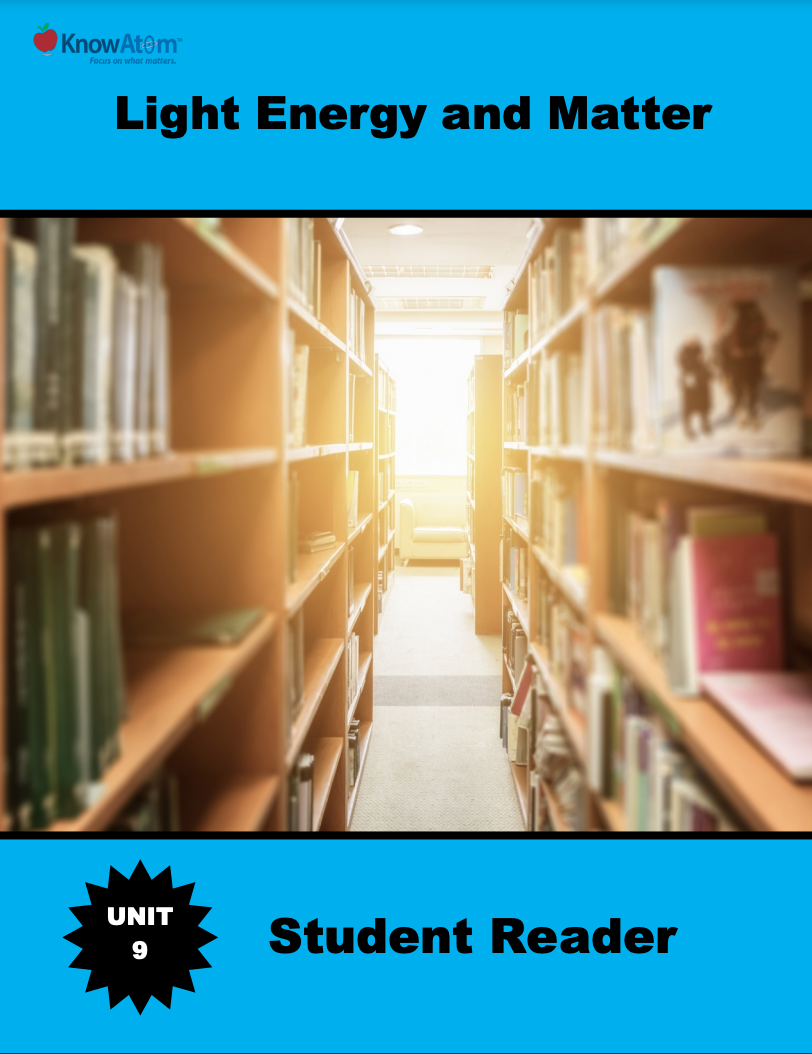
In this unit, students focus on light energy, investigating the science phenomena of how light moves when it interacts with different kinds of matter. Students use scientific knowledge about light to engineer a device that uses mirrors to redirect light. This page is a high-level extract of this lesson.
Standards citation: NGSS Lead States. 2013. Next Generation Science Standards: For States, By States. Washington, DC: The National Academies Press. Neither WestEd nor the lead states and partners that developed the Next Generation Science Standards were involved in the production of this product, and do not endorse it.
